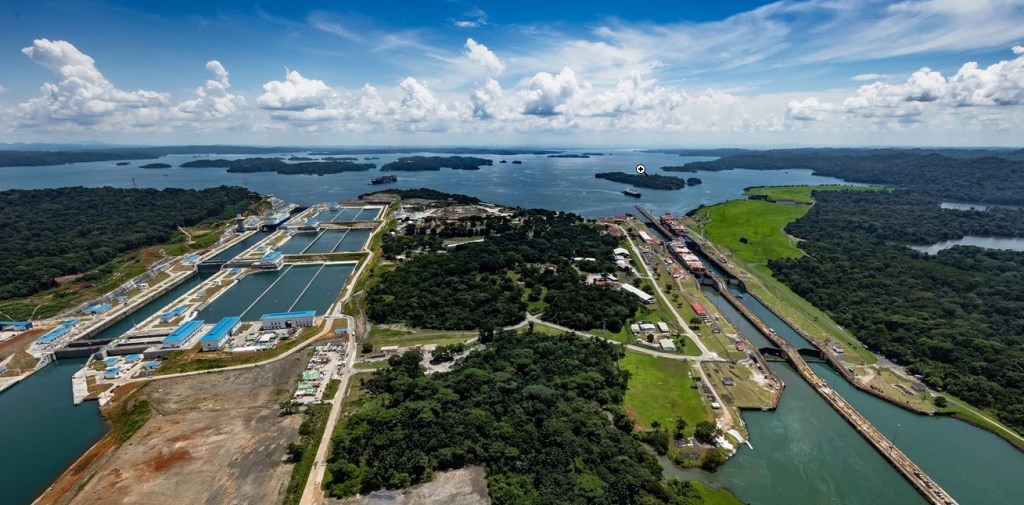Even by the harshest of gauging parameters, the Panama Canal is nothing short of an engineering marvel and testament to human ingenuity. Currently in its 104th year of serving as a man-made marine shortcut between the Atlantic and Pacific oceans, this fascinating inter-oceanic artery operates through a system of dual-lane lock complexes.
Those privileged enough to have traveled on the waterway, as your correspondent recently did, would notice the locks – including the iconic Miraflores and Pedro Miguel locks – serve as water lifts to raise or lower ships from the Pacific or Atlantic Oceans, depending on their North or Southbound routes, either side of the Isthmus of Panama, to the artificial Gatun Lake 27 meters above sea level; the Canal’s connecting water body for transit.
The entire process and interim journey takes 8 to 12 hours depending on traffic, saving shippers time and money. For example, a voyage from Houston, Texas, U.S. to Chiba, Japan, takes about 30 days via the Panama Canal, compared with 45 to 48 days via the Suez Canal, 50 to 52 days via the Cape of Good Hope and 54 to 56 days via Cape Horn, on average depending on maritime conditions.
